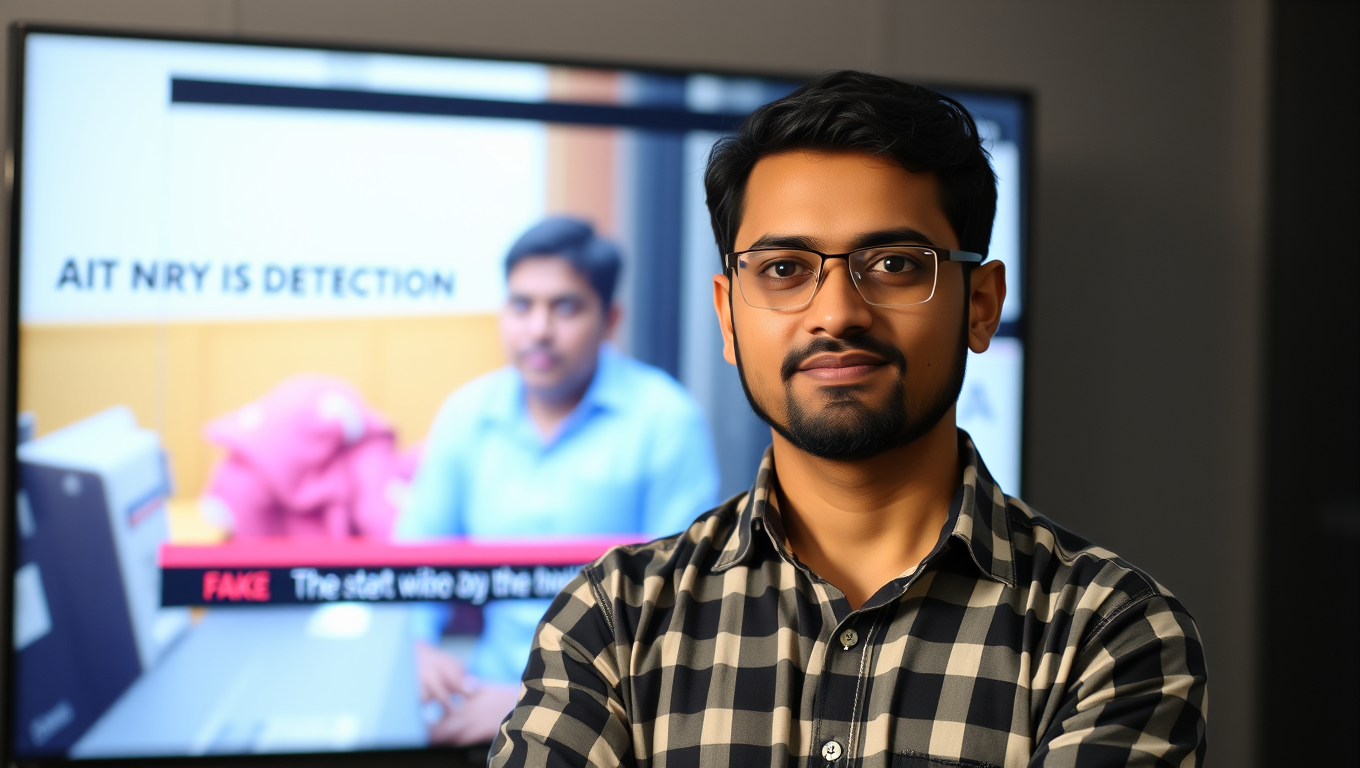While we try to keep things accurate, this content is part of an ongoing experiment and may not always be reliable.
Please double-check important details — we’re not responsible for how the information is used.
Communications
Breaking Down Language Barriers in Quantum Tech: A Universal Translator for a Quantum Network
Scientists at UBC have devised a chip-based device that acts as a “universal translator” for quantum computers, converting delicate microwave signals to optical ones and back with minimal loss and noise. This innovation preserves crucial quantum entanglement and works both ways, making it a potential backbone for a future quantum internet. By exploiting engineered flaws in silicon and using superconducting components, the device achieves near-perfect signal translation with extremely low power use and it all fits on a chip. If realized, this could transform secure communication, navigation, and even drug discovery.

Artificial Intelligence
Accelerating Evolution: The Power of T7-ORACLE in Protein Engineering
Researchers at Scripps have created T7-ORACLE, a powerful new tool that speeds up evolution, allowing scientists to design and improve proteins thousands of times faster than nature. Using engineered bacteria and a modified viral replication system, this method can create new protein versions in days instead of months. In tests, it quickly produced enzymes that could survive extreme doses of antibiotics, showing how it could help develop better medicines, cancer treatments, and other breakthroughs far more quickly than ever before.
Artificial Intelligence
Google’s Deepfake Hunter: Exposing Manipulated Videos with a Universal Detector
AI-generated videos are becoming dangerously convincing and UC Riverside researchers have teamed up with Google to fight back. Their new system, UNITE, can detect deepfakes even when faces aren’t visible, going beyond traditional methods by scanning backgrounds, motion, and subtle cues. As fake content becomes easier to generate and harder to detect, this universal tool might become essential for newsrooms and social media platforms trying to safeguard the truth.
Artificial Intelligence
The Quantum Drumhead Revolution: A Breakthrough in Signal Transmission with Near-Perfect Efficiency
Researchers have developed an ultra-thin drumhead-like membrane that lets sound signals, or phonons, travel through it with astonishingly low loss, better than even electronic circuits. These near-lossless vibrations open the door to new ways of transferring information in systems like quantum computers or ultra-sensitive biological sensors.
-

 Detectors7 months ago
Detectors7 months agoA New Horizon for Vision: How Gold Nanoparticles May Restore People’s Sight
-

 Earth & Climate9 months ago
Earth & Climate9 months agoRetiring Abroad Can Be Lonely Business
-

 Cancer8 months ago
Cancer8 months agoRevolutionizing Quantum Communication: Direct Connections Between Multiple Processors
-

 Albert Einstein9 months ago
Albert Einstein9 months agoHarnessing Water Waves: A Breakthrough in Controlling Floating Objects
-

 Earth & Climate8 months ago
Earth & Climate8 months agoHousehold Electricity Three Times More Expensive Than Upcoming ‘Eco-Friendly’ Aviation E-Fuels, Study Reveals
-

 Diseases and Conditions9 months ago
Diseases and Conditions9 months agoReducing Falls Among Elderly Women with Polypharmacy through Exercise Intervention
-

 Chemistry8 months ago
Chemistry8 months ago“Unveiling Hidden Patterns: A New Twist on Interference Phenomena”
-

 Agriculture and Food8 months ago
Agriculture and Food8 months ago“A Sustainable Solution: Researchers Create Hybrid Cheese with 25% Pea Protein”





























